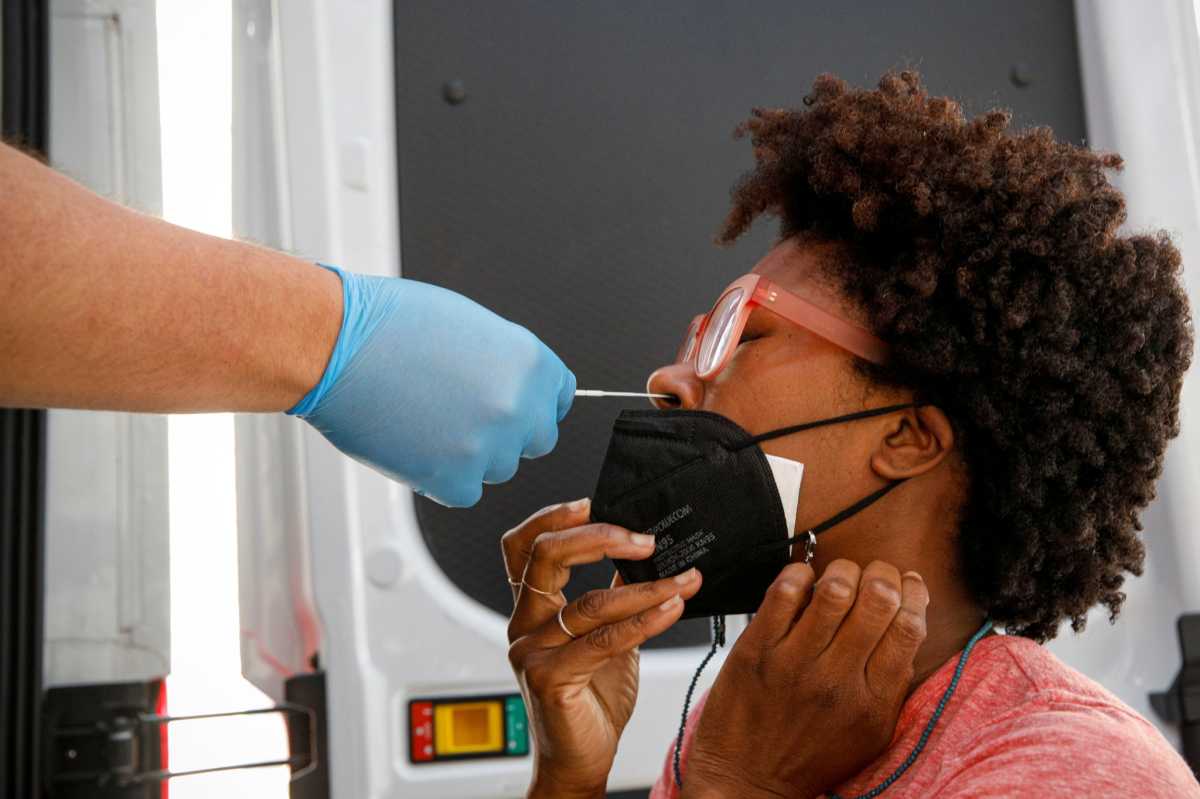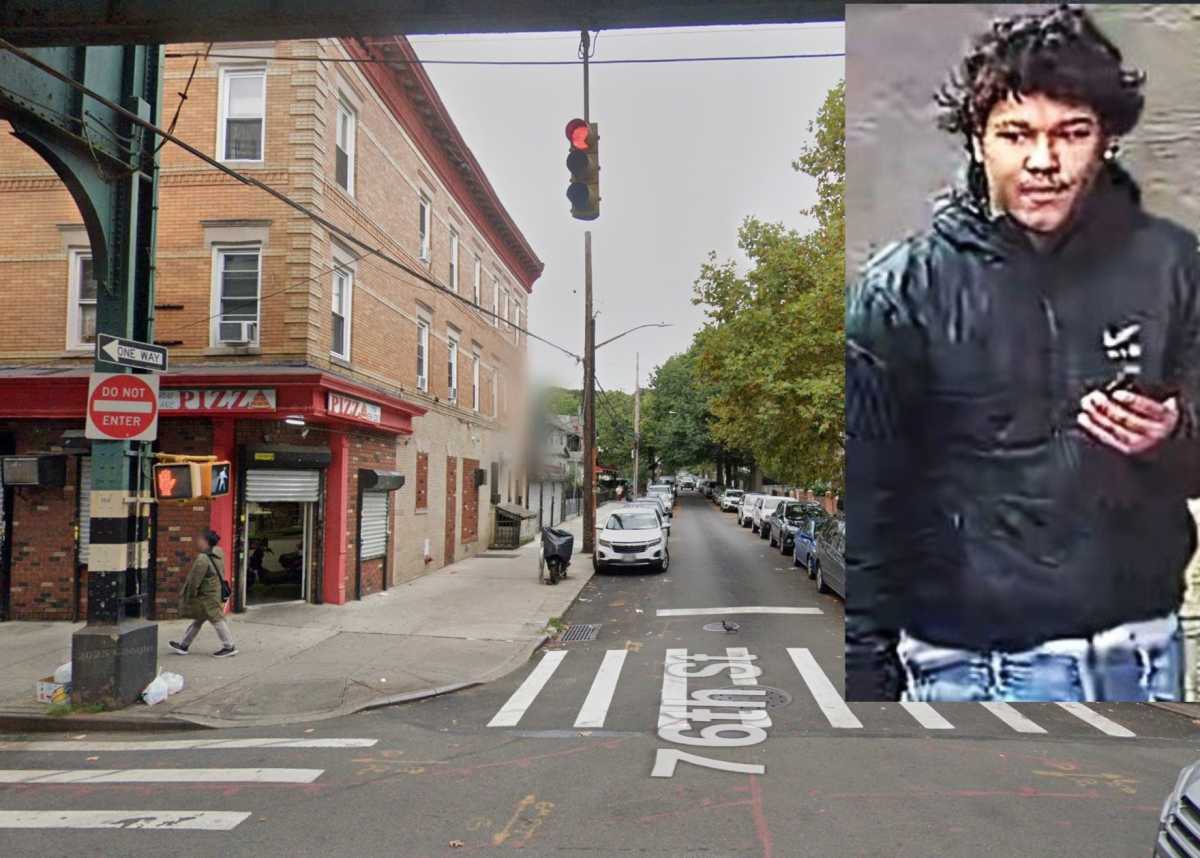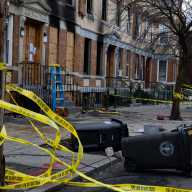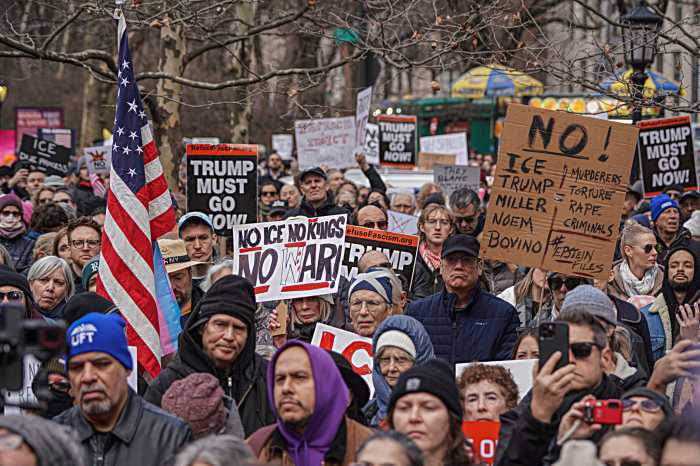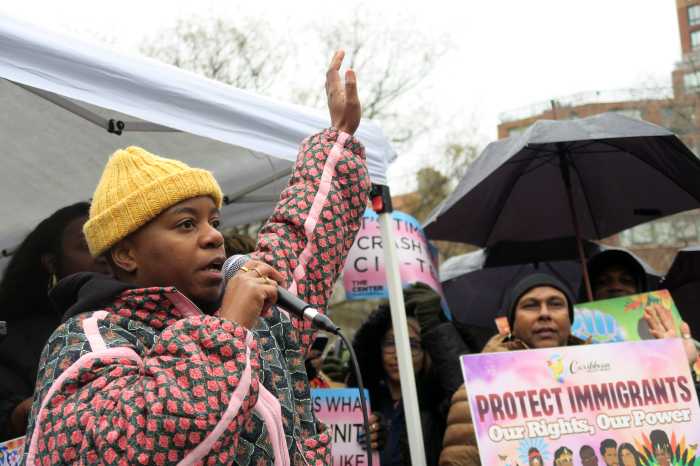Medical experts are warning the public of new and persistent COVID-19 variants as infection rates grow across the state this summer.
The Centers for Disease Control and Prevention (CDC) estimates COVID-19 infections in New York are likely growing to epidemic status, according to information released by the CDC this month.
A total of 42 states across the U.S. and its territories have growing or likely growing estimated COVID transmission rates based on the CDC data collected from May 22 to July 16, 2024 — an indication of continued COVID-related illnesses.
The CDC used emergency department visits for its estimates in parts of the country and identified neighboring New York states of Pennsylvania and New Jersey as places where COVID-19 infection numbers are growing.
President Joe Biden tested positive for COVID-19 on Wednesday, July 17, only days before making the announcement to step down from the 2024 presidential race.
COVID-19 has also grown in its variants since the spread of the initial SARS-CoV-2 virus, which causes the illness. A rise in LB.1, commonly referred to as the FLiRT variant, and other SARS-CoV-2 Omicron variants are dominant across the country.
Variants of the SARS-CoV-2 Omicron virus, KP.2, KP.3 and LB.1 are highly present in the U.S., according to the CDC. Each of the different strains are descendant of the original, with several mutations that experts suggest have a higher reproduction number.
“KP.2 and KP.3 are members of a group of SARS-CoV-2 variants sometimes called FLiRT variants, and they are descended from the JN.1 Omicron variant,” the CDC and IDSA Covid-19 Real-Time Learning Network report shares. “Other FLiRT variants, including KP.1.1, have also been identified as circulating in the U.S. but have not yet become as widespread as KP.2 or KP.3.”
According to the New York City Department of Health COVID-19 data, the total daily average of transmission levels peaked specifically in Queens from July 11 to July 14. The variants of the virus predominantly present in the city were the JN.1, JN.1.1, KP.2 and LB.1 (FLiRT).
Common symptoms of COVID-19, according to NYC Health, continue to include fever, chills, cough, loss of taste or smell, shortness of breath, fatigue, muscle or body aches, headache, sore throat, congestion or runny nose, nausea, vomiting and diarrhea.
Warning signs to seek immediate medical attention for anyone infected with COVID-19 include difficulty breathing, chest pain or pressure that won’t go away, general confusion, trouble waking up and bluish lips or face.
Anyone who may have COVID-19 is encouraged to remain at home and away from others for at least one week, drink plenty of fluids, manage fever with over-the-counter medications and call a health care provider for additional advice.

